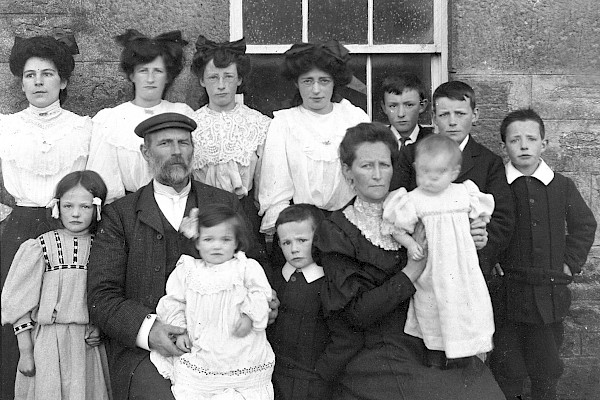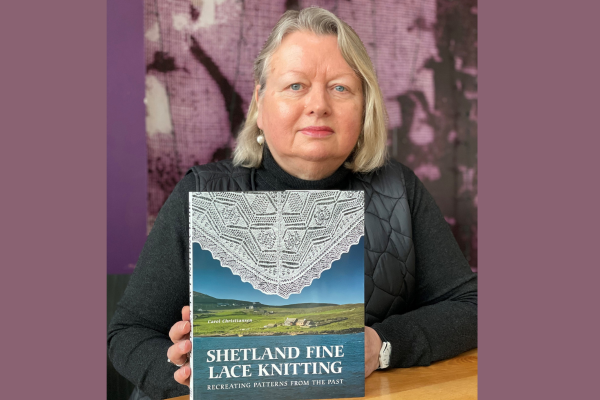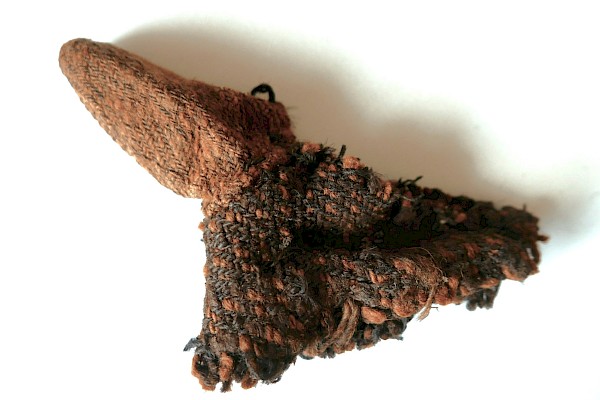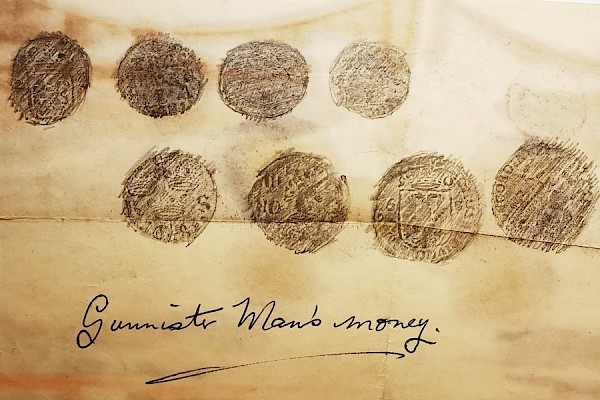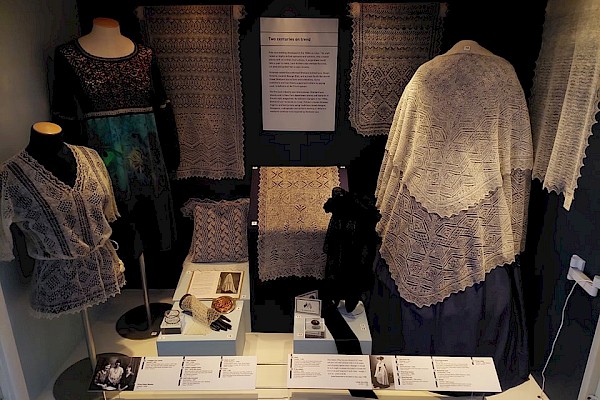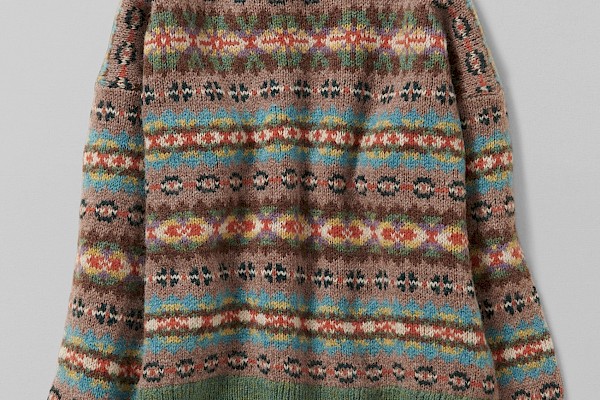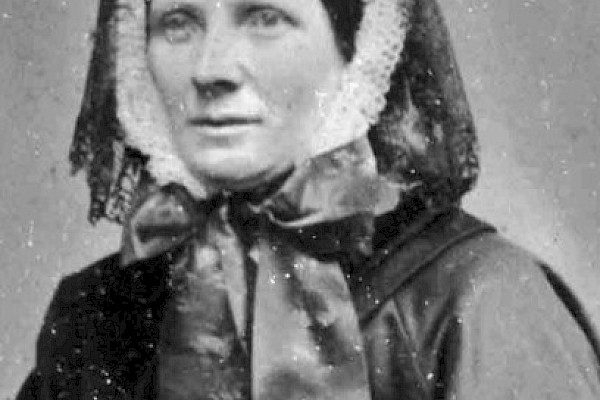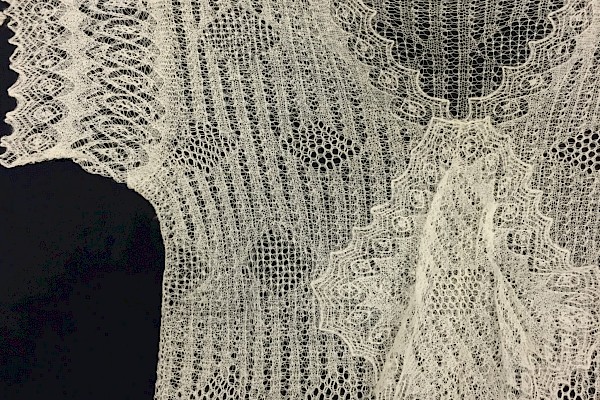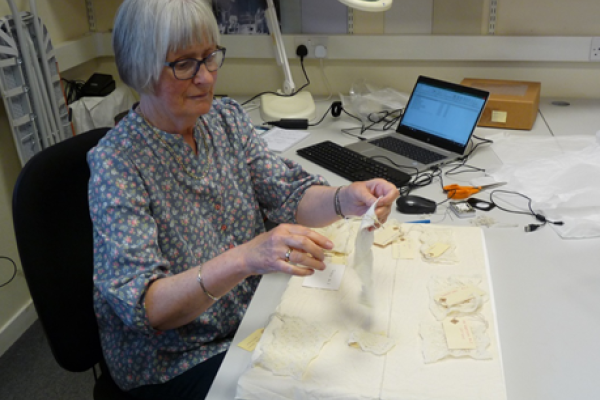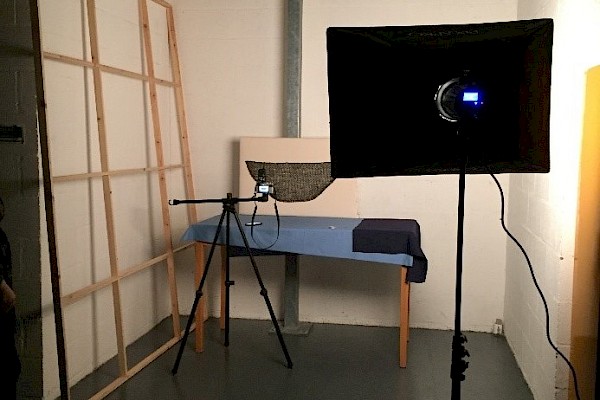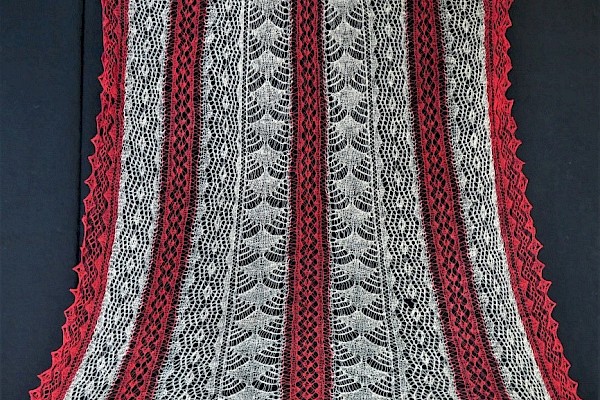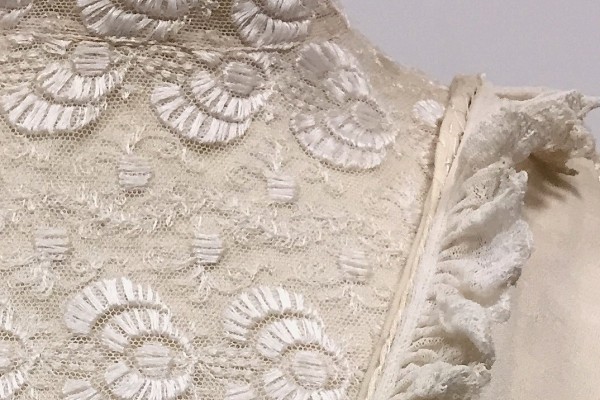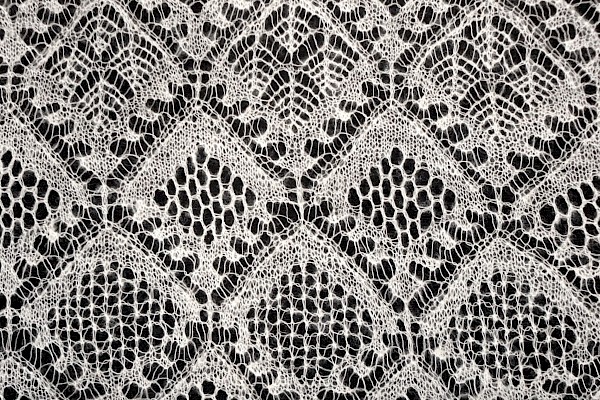Lace Project Begins
Some of the most often heard sounds in our first floor gallery are the oohs and aahs from visitors viewing Shetland fine knitted lace. The garments are so amazingly finely worked and beautiful that visitors can’t help being awed by them. But they are also immensely complicated to describe and each piece, more often than not, has come with very little history. Recording fine lace knitting is a challenge on many levels but this week we begin a two-year project to do just that.
In 2013 our Textiles Collection was awarded Recognised status and now ranks as a collection of national significance. This has allowed us access to Museums Galleries Scotland’s Recognition Fund, which has generously supported this important project.
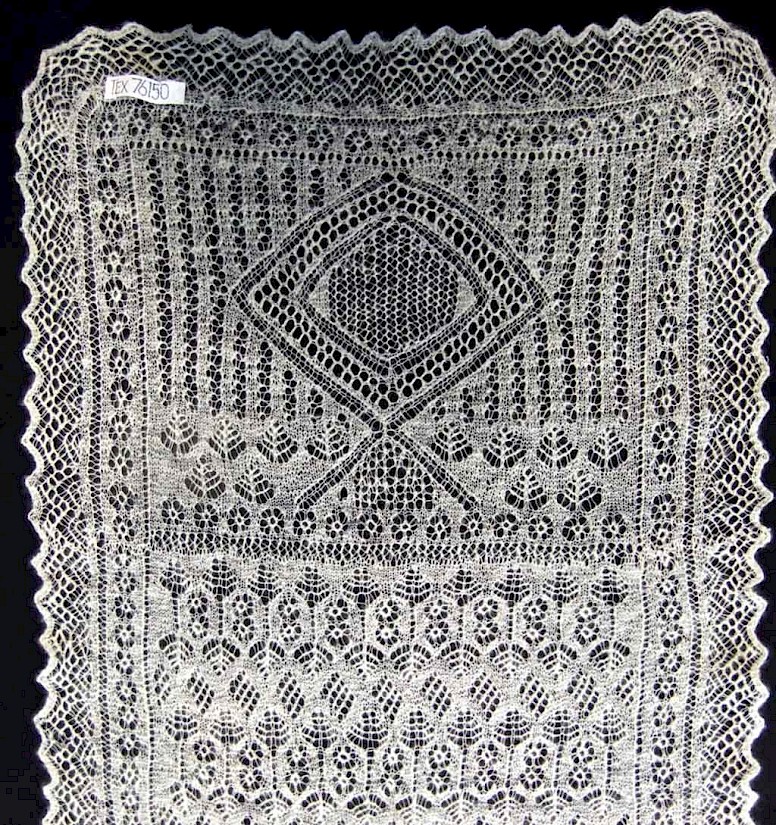
We currently have about 200 pieces of fine knitted lace already catalogued, although much of it is poorly described. This stole, TEX 76150, has a lace edge, an uncommon ‘inner’ edge pattern, a border of up to seven individual patterns of unusual design, and a centre of at least four patterns. Our catalogue record simply describes it as “Shetland lace stole, two-ply”. The only thing we know about its past is that it came to us as part of a bequest, so it is not possible to learn more from the previous owner. We have many other examples of cursory information for lace pieces in our catalogue.
In the past several years we have accepted many donations of knitted lace, effectively doubling our existing collection. Many date from the 19th century and although some were made after WWII, they were knit by very elderly knitters who began their careers around the turn of the century. Very few people have seen many of these pieces and we look forward to bringing them out in the open, finally to be recorded within the context of the existing collection.
Each object will be assessed for its condition, its catalogue description created or improved, detailed photographs taken, and where possible, its history or provenance will be more fully researched. This work is necessary before we can make the collection digitally accessible.
In addition, we are selecting particular pieces to be studied more in depth. The items we choose, like the stole above, will have their individual patterns recorded by charting and knitting them as samples. The samples will become a handling collection for researchers, to be used alone or in conjunction with the original lace pieces. The charts and photographs of the knit samples, as well as the original fine lace objects, will be brought together in a publication at the end of the project, so that visitors and researchers interested in this beautiful craft can explore and understand it more fully.
In the coming two years we will bring you information about the fine lace industry in Shetland and the latest news from the project, as we assess these treasures one-by-one. We hope you will follow us on our journey of discovery.
